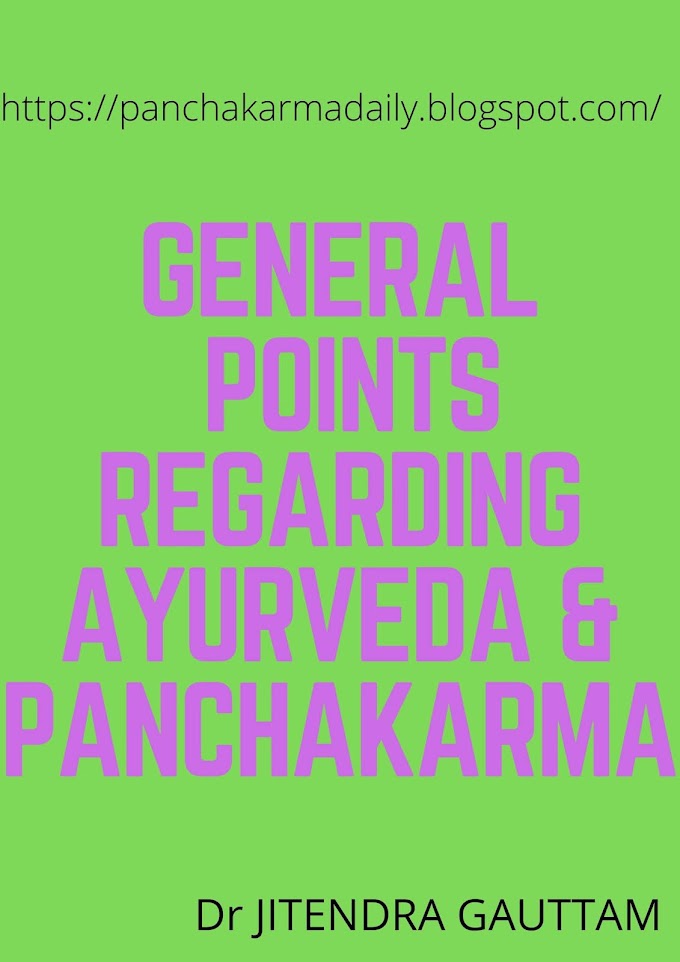Obesity is a condition in which there is an excessive amount of body fat.
-‘medicine price’
“Physical fitness is not only one of the most important keys to a healthy body, it is the basis of dynamic and creative intellectual activity.”
-John F. Kennedy
A person having pendulous appearance of sphika (Gluteal region), Udara (Abdomen) and Stana (Chest region) due to excess deposition of Meda (body fat) along with Mamsa dhatu and also having unequal an abnormal distribution of Meda with reduced zeal towards life is called ‘Atisthula’.
It is a very serious medical condition that has so many health side effects. In Ayurveda Acharya Charaka mentioned in Ashtanindita Adhayaya Ashtadosha of Atisthula person.
They are:
- Aayushohraso (decreased in longevity)
- Javoparodha (lack of excitement)
- Kricchavyavayta (difficulty in coitus)
- Daurbalya (weakness)
- Daurghandhyam (smell from body)
- Swedabadha (problem from sweating)
- Kshuditmatram (excessive eating)
- Atipipasa (excessive drinking)
अत्यन्तगर्हितावेतौसदास्थूलकृशौनरौ।
श्रेष्ठोमध्यशरीरस्तुकृशःस्थूलात्तुपूजितः।। (सु.सू.-१५/४२)
Both the obese and emaciated person are supposed to always vulnerable to diseasebut the medium physique is best among them. In comparison of the obese and emaciated, emaciated person is good than the obese.
Acharya were aware of the fact that Obesity will lead to various ill-health disorders if not treated timely. That’s why it has been mentioned as one of the disgraceful disease. But it is a manageable and preventable disease.
CAUSES
Obesity or increasing body weight depends on so many factors. The factors playing a role in eating and weight control include genetic, cultural, socioeconomic, behavioural and situational. Besides imbalance in energy intake and energy expenditure.
Other causes are:
Endocrinopathies associated with Obesity-
Cushing’s syndrome, Hypothyroidism, Insulinoma, PCOS, Turner’s syndrome, Male hypogonadism.
Genetic syndromes associated with Obesity-
Lawrence-Moon-Biedl (LMB), Prader-willi, Alstrom, Carpenter, Cohen
Medicines-
Certain medicines increase weight gain. So it is always recommended to ask your health practitioner or Ayurvedic doctor before taking any kind of medicine.
DIAGNOSING OVERWEIGHT/OBESITY/WEIGHT GAIN
Body Mass Index (BMI):
Overweight and Obesity are assessed using Body Mass Index (BMI). It is defined as a person's weight in kilograms divided by the square of his / her height in meters (kg/m2).
Healthy/Normal BMI - 18.5 - 24.9
BMI of Overweight - 25 - 29.9kg/m2
BMI of Obesity - ≥30kg/m2
Waist circumference
Normal range of Waist circumference:
Men: 94–102 cm; Women: 80-88 cm
Waist-to-hip ratio (WHR)
The WHR provides information about the distribution of body fat. The desired WHR for men and women is less than 1.0 and 0.8, respectively.
Further, following Lab investigations are recommended to assess the risk of other related health problems
- Lipid profile
- Blood glucose (both Fasting and Post Lunch preferably fasting) and
- Blood pressure measurement
Ayurveda and panchakarma treatment has potential to arrest the incresing weight as well as reducing the weight of obese person.
(Under strict supervision of Registered Ayurvedic Doctor)
Shamana (Palliative) treatment:
- Langhan (Fasting)
- Ama pachan (oral use of digestives to augment the fat metabolism)
- Physical exercises, mental work is also recommended
- Morning or evening walk
- Use of certain medicated oil or specific oil like Tila taila, Triphala taila etc can be used
- Vaman (Therapeutic emesis)
- Virechan (Therapeutic purgation)
- Lekhana Basti (Medicated enema)
- Ruksha Udwartana (Dry medicated herbal powder massage)
- Guduchi
- Nagarmotha
- Vidanga
- Sunthi
- Amla
- Vaca
- Daruharidra
- Guggulu
- Sunthi
- Garcinia etc.
- Medohar Guggulu
- Trikatu Churna
- Navak Guggulu
- Varunadi kwatha
- Triphala Guggulu
- Vidangadi Churna
- Navayasa lauha
- Takrarishta
- Arogya Vardhini Vati, etc.
Certain lifestyle modifications also help in losing weight.
- Exercise.Regular habit of Brisk morning walk for 30 minutes.
- Avoid a sedentary lifestyle.
- Avoid day sleep.
- Avoid watching TV while having food.
- Avoid Alcohol and Smoking
- Take Healthy foods such as – oatmeal, walnuts, salads, bitter gourd (Karela), drumstick(Shigru), barley (Yava), wheat, Green gram (Moong dal), honey (Madhu), Indian Gooseberry (Amla), pomegranate (Anar) and snake gourd etc and skimmed Buttermilk. Include cabbage in daily meals. It will stop the conversion of sugars to fat.
- Take low-fat and low-calorie food items.
- Take more proteins to stay longer without food.
- Steamed/ boiled and baked vegetables rather than fried.
- Take frequent small meals to avoid food cravings.
- Drink skimmed milk instead of whole milk.
- Use warm/hot water for drinking.
- Use warm/hot water for bath.
- High carbohydrate vegetables like – potato, rice etc.
- More dairy products
- Fried and oily foods
- Fast foods, excess salt..
- Processed foods.
- Pawanmukt Asana
- Bhujang Asana
- Ushtra Asana
- Paschimottan Asana
- Ardh Chakrasana




2 Comments
Great
ReplyDeleteWill try this ��
Kerala Ayurveda
ReplyDelete